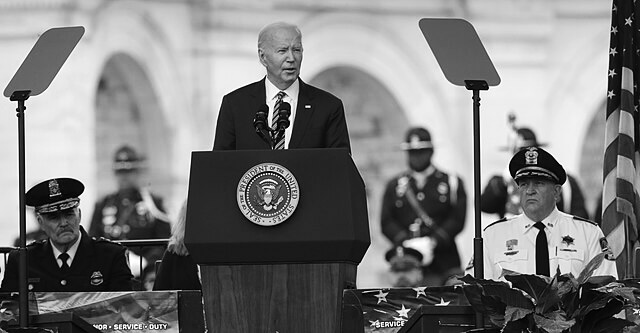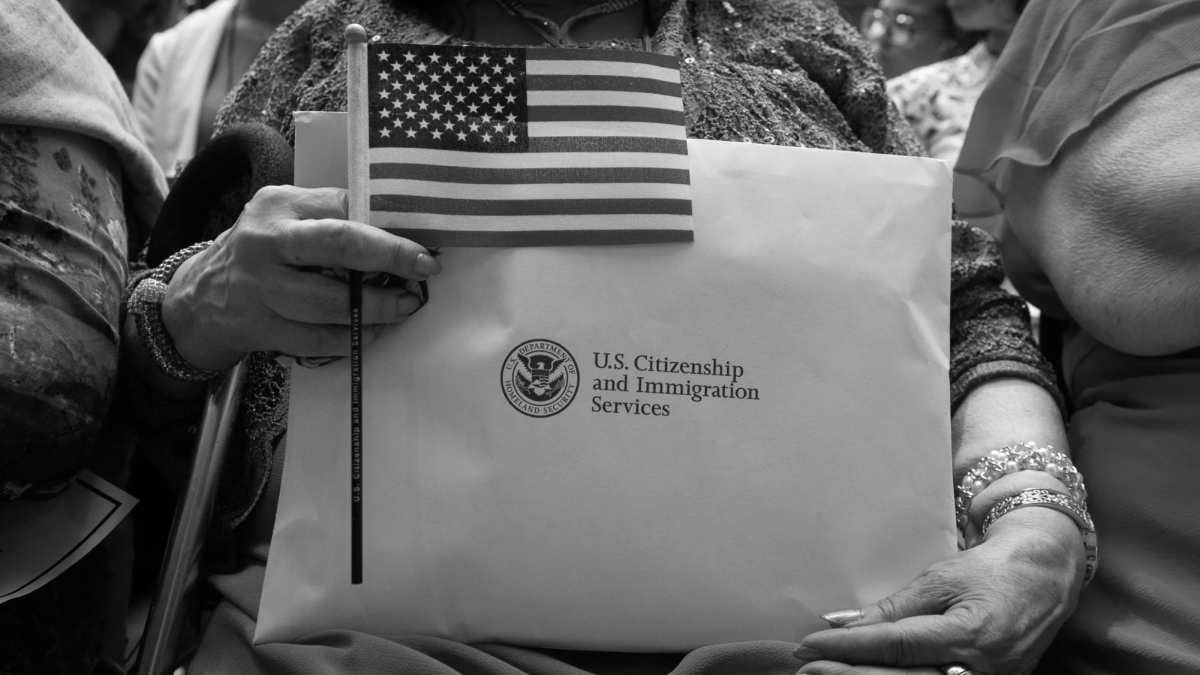Pro: Should Colleges Keep Test-Optional Policies Post-Pandemic?
May 31, 2022
The COVID-19 pandemic prompted nationwide debate over college admission policy, highlighting various issues regarding the SAT and ACT. Throughout the pandemic, many students have been unable to take either test, forcing colleges to adopt test-optional policies. To achieve a more racially and economically diverse student body, it is crucial for colleges to continue these policies.
In the past, standardized testing policy has hindered college access for less affluent students. Studying for the ACT or SAT comes with the cost of study guides, tutors, practice tests and testing fees. These costs mean that students from lower economic backgrounds do not receive the same level of preparation as students of higher economic status, causing a disparity in test scores. Lower scores discourage students from applying to top schools, ultimately excluding students of lower socioeconomic status from more prestigious universities.
The shift to test-optional policies has been a step toward adequate representation for minorities within colleges. Research from Common App, a website that many students use for college applications, shows that applications from minorities, first-generation applicants and students requiring financial aid increased 22% during the 2020-2021 application cycle. Additional research from Bates College and Providence College supports the notion that applications from minorities and students of lower socioeconomic status increase with test-optional policies.
Not only do applications increase, but research shows that test-optional policies also result in more diversity among enrolled students. The American Education Research Journal found a 10-12% increase in minority enrollment and 3-4% increase in students requiring financial aid during the 2020-21 cycle.
Test-optional policies promote a more diverse applicant pool and student body without affecting the academic performance of the students accepted without test results. Research from Bates and Providence showed no significant difference in the GPA of students who submitted tests and those who did not. Furthermore, test-optional students are more likely to return to college for their sophomore year.
Research measuring post-university success continues to back test-optional policy. A study of three different classes of Harvard College found that alumni who had low SAT scores became more financially stable, had higher job satisfaction and made more contributions to their respective communities. Another study from the University of Michigan found that testing requirements made admissions committees less successful at predicting future success.
In essence, mandatory testing has become obsolete for colleges. It fails to produce a diverse applicant pool or enrollment class and cannot predict the academic or post-college performance of admitted students. Instead, standardized testing scores correlate strongly with student resources, ultimately putting minority students and those who require financial aid at a disadvantage. As discontent with standardized testing grows, institutions such as the University of California public schools and Harvard University have mandated test-optional policies until 2025 and 2026, respectively. If the rest of the country follows suit, test-optional policy will be a significant step toward reforming the inequalities present in American education today.
















































